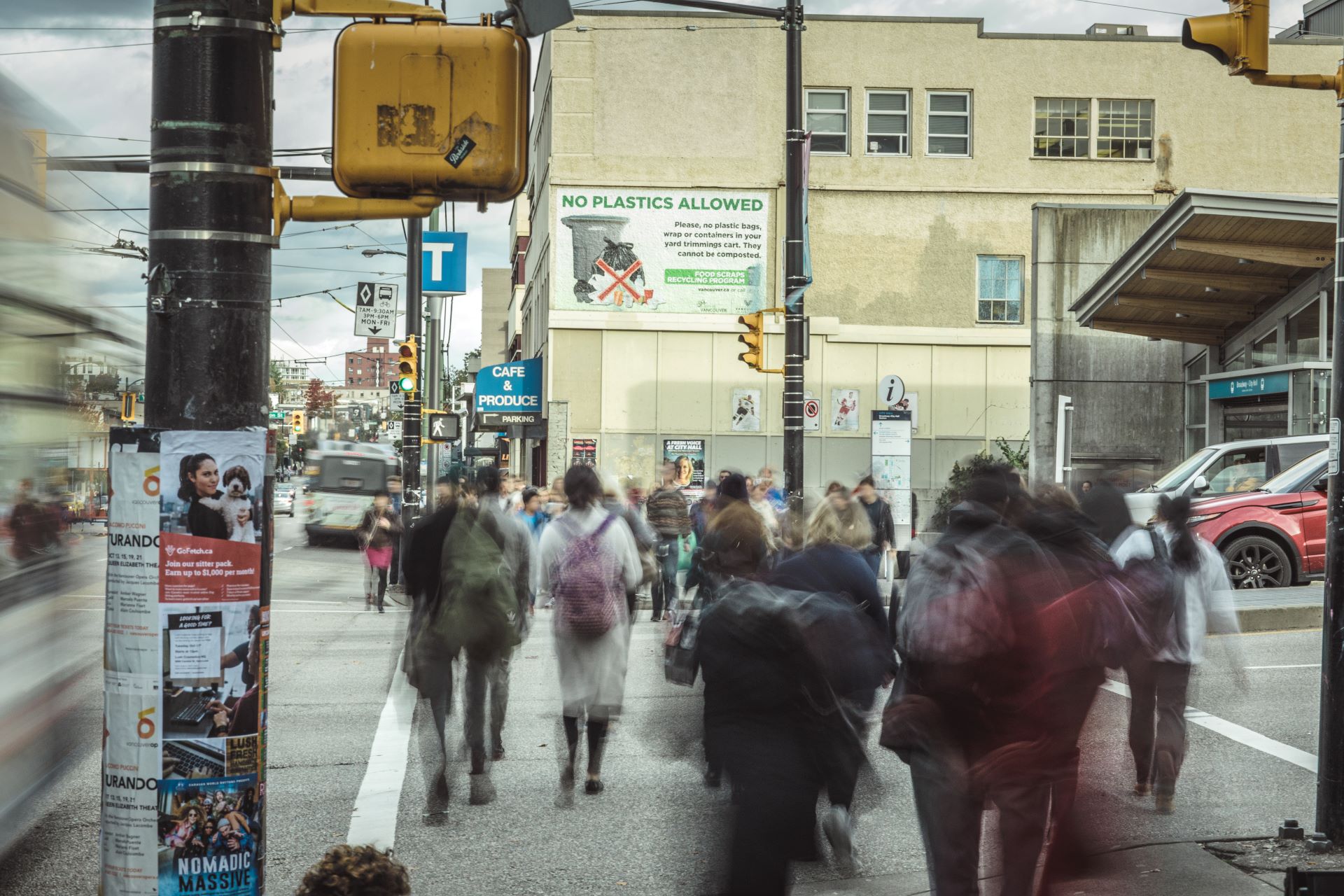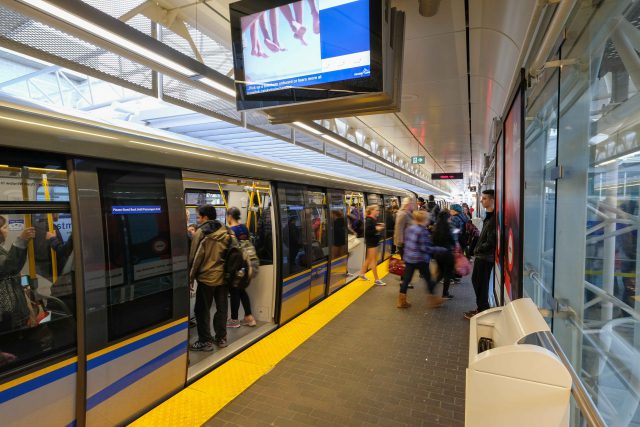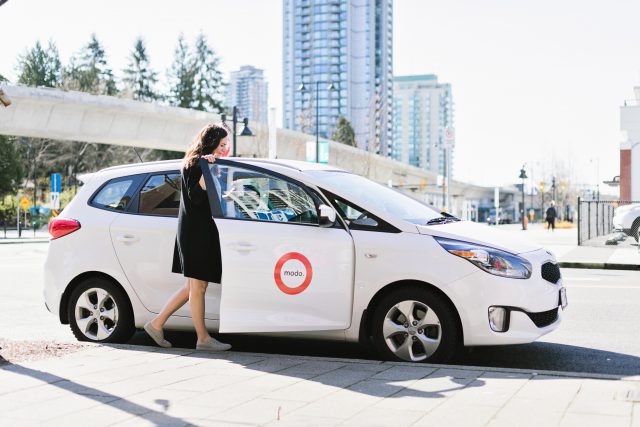Transit and Ride-Hailing in Metro Vancouver
Transit and Ride-Hailing in Metro Vancouver

Metro Vancouver is the largest region in North America without ride-hailing services, but that could change in the next year. On Monday, the Province introduced new ride-hailing legislation, which will pave the way for services like Uber and Lyft to come to Metro Vancouver. A question I am often asked is whether public transit and ride-hailing can co-exist. We think so. Here’s why.
We’re investing in public transit
If we want people to choose public transit, we must invest in public transit. That means providing more reliable, convenient, and affordable options across the region. And that’s exactly what we’ve been doing with the Mayors’ Vision. It’s our plan to add capacity and frequency on our bus and SkyTrain network, expand service into new neighbourhoods, and will make the Broadway Subway project and rapid transit South of the Fraser a reality.
Transit ridership has been declining over the past few years in nearly every major metropolitan area in the U.S., a troubling trend partly attributed to ride-hailing services. In some of these areas, underinvestment has led to the deteriorating quality of transit services, which has created increased demand for ride-hailing services. In other regions with underdeveloped transit networks and sprawling land uses, ride-hailing has become a fierce competitor to transit.
Such outcomes can result in a vicious cycle of reduced transit fare revenue creating pressures to reduce service and thus further undermining transit as an attractive transportation option. Fewer people taking transit can lead to more cars on the road. There are no winners in such a scenario.
However, it’s not all doom and gloom. Ride-hailing arrived in Seattle during my time as General Manager of King County Metro Transit and transit ridership is still growing in the region—thanks to a strong economy and continued investment in the transit system.

Transit ridership on the rise
There are many factors that contribute to growing transit ridership. Here in Metro Vancouver, we’ve been working hard to increase transit services across all modes and the completion of many Transit-Oriented Development projects has brought high-frequency transit corridors to the doorsteps of many.
These and other factors, like a strong economy, have contributed to the record ridership levels we’re experiencing in the region. Since 2015, we’ve experienced 17 per cent growth in ridership across our transit system. And last year, we were the top ranked transit agency for ridership growth anywhere in Canada or the United States.
Short “first-mile, last-mile” rides get more people to transit
Ride-hailing can supplement traditional transit services by providing customers with more options for short trips.
Instead of paying the high cost of a long taxi ride all the way across town or the growing cost of commuting in a personal car, new seamless app-based options could enable customers to take a short ride to the nearest transit hub for an affordable and convenient trip to their final destination.
One way to facilitate this is for TransLink to coordinate with emerging technology partners to create a more seamless multi-modal door-to-door travel experience and help our customers find the most efficient and effective connections to the place they want to go.
Personalized rides fill gaps in service
Our transit system can’t be everything for everyone. Take late night service as an example: we need to end SkyTrain service at 1 a.m. every night in order to conduct critical maintenance work. Though we also understand transportation options are needed between SkyTrain operational hours to get people home or to work.
We offer NightBus service on 10 different routes, but this service doesn’t work for everyone. In this case, ride-hailing companies could step in and supplement the existing taxi service to provide more personalized rides to get people home safely. Across Canada, Uber sees its highest demand for rides on Friday and Saturday nights from 10 p.m. until the early hours of the morning.
The “sharing economy” is thriving in Vancouver
While we don’t yet have companies offering app-based ride-hailing services in B.C., there have been new mobility alternatives operating in Metro Vancouver for some time: car-sharing services in the region such as Evo, car2go, Modo, and Zipcar are thriving. One study named Vancouver the car-sharing capital of North America, with a combined 3,000 vehicles in circulation. These shared services fill niches and gaps that we can’t provide efficiently or cost-effectively with traditional transit services.

We’re already in the shared-mobility game. We’ve partnered with providers such as Modo, Evo, and Mobi by providing dedicated parking spots on transit property. We want to continue to see that shared mobility space evolve.
Mobility-as-a-Service (MaaS)
From a big picture perspective, conventional public transit and other shared-use services are all part of a “Mobility-as-a-Service” ecosystem that together can move people around the region in an efficient and sustainable way without needing to own or regularly use a private automobile.
This model will ultimately improve the livability and sustainability of this region—provided these new options are effectively managed.
Challenges we’re tracking
Ride-hailing will bring many new challenges that will have to be managed effectively to ensure such services are actually improving mobility in our region. With a million more people expected in our region in the next 25 years, TransLink has set a goal of reducing the amount residents have to drive by a third.
One of the looming major impacts of ride-hailing would be increased congestion on our already-congested roads. In some U.S. cities, studies show ride-hailing puts 2.8 new vehicle miles on the road for every mile removed – a 180 per cent overall increase in driving on city streets.
We’re pleased to see the province’s proposed legislation includes provisions that address a number of areas that will ultimately benefit customers and the region including safety and accessibility. The responsible collection of data and information, which is also addressed in the legislation, will be key so that public agencies like TransLink can continue to manage our regional transportation system for the benefit of all of us living here.
Looking ahead
At TransLink, we spend a lot of time thinking about the future of travel in our region and how we can ensure innovations can improve the livability of Metro Vancouver. In fact, that’s what our Regional Transportation Strategy is all about. Next year we’ll kick off the public face of that process and will lead broader discussions on Mobility-as-a-Service, ride-hailing, the future of public transit, and many other timely topics.
On January 7th, we’re hosting our second annual New Mobility Forum where we’ll take a deep dive with industry, academia, and policy experts on how to regulate, manage and deliver transportation in Metro Vancouver to ensure that we’re leveraging the potential of automated, connected, electric, and shared mobility. We hope you can join us for this important discussion.
Kevin Desmond, Former TransLink CEO
Kevin Desmond is the former Chief Executive Officer of TransLink, Metro Vancouver’s transportation authority that moves 500,000 people every day. He oversaw planning, financing, and management of a region-wide multimodal transit network that includes bus, rapid transit, passenger ferry, para-transit, and commuter train service, with over 8,000 employees.





